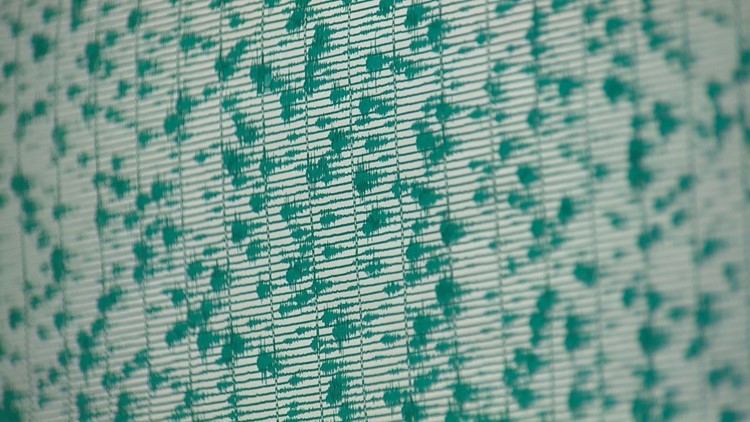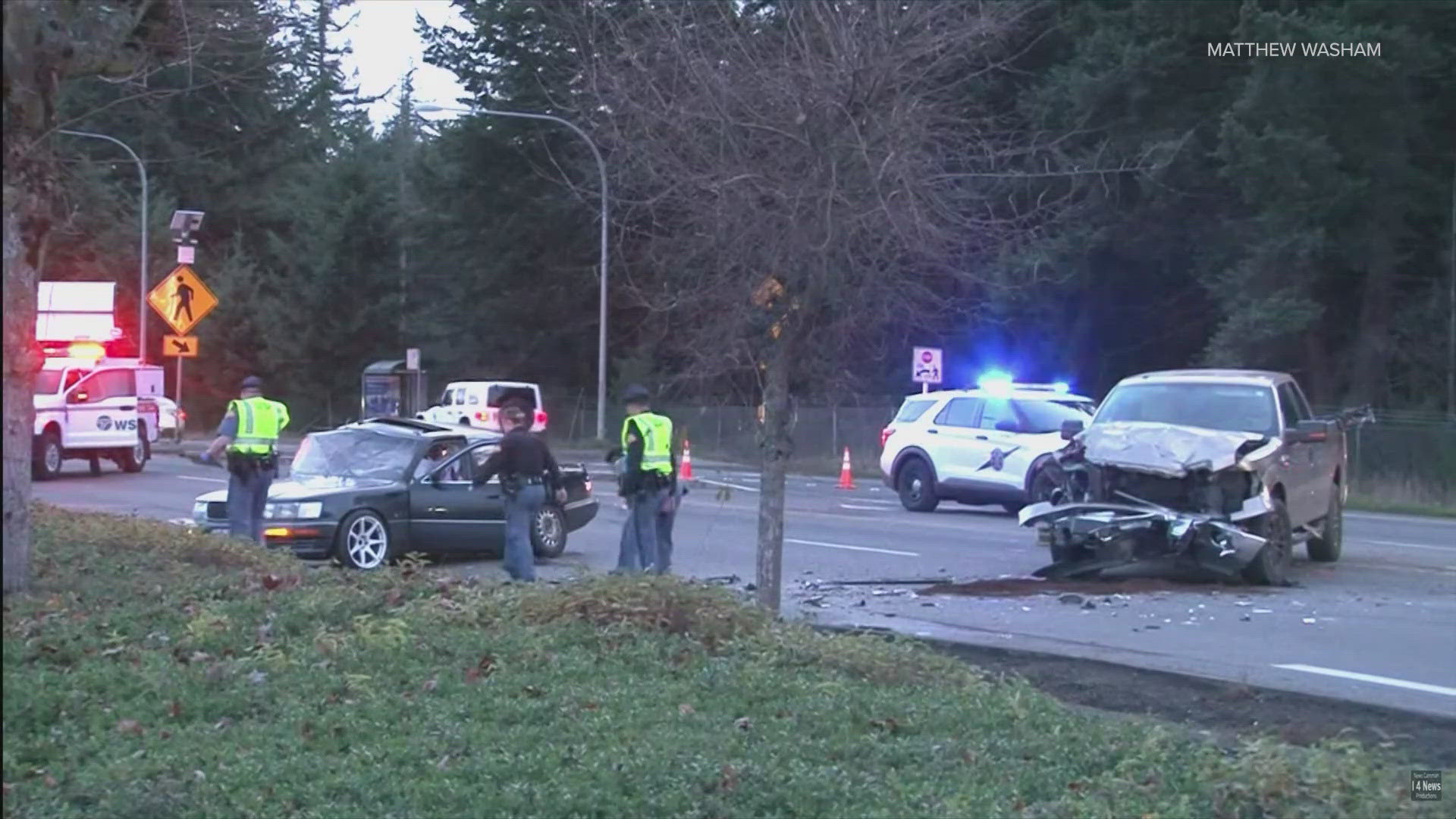The science has come a long way since Mount St. Helens erupted. The lessons learned then help seismologists see what's happening at Kilauea now.
Inside Pacific Northwest Seismic Network, UW Professor Emeritus Steve Malone talks about what happened before the St. Helens eruption.
"I was down there two days before. I spent the entire day right on the mountain or right next to it, and we knew that was a risk. It was one of those risks you take because getting the data and doing the science is part of what you do," said Malone
It's why he made many trips to the mountain. It is a mission that began because Malone, a seismologist, saw the activity.
"The first significant earthquake was on March 20th," he said.
He spent long hours in the lab, documenting the details of how the mountain was changing.
"That along with continuing earthquake activity was telling us that the mountain was going to erupt. The problem was how big," said Malone.
After nearly two months, he found out.
"Beware of your forecast of the worst case conditions because it may be exceeded. That is certainly what happened at Mount St. Helens," he said. "The estimate had been that a blast might go as much as 10 kilometers, say 6 miles from the volcano, and it went more than 30."
Fifty-seven people died, including one of Malone's colleagues, David Johnston.
As another anniversary approaches, Malone considers the lessons learned.
The advancement of science that has taken place over 38 years is a lot," said Malone who added that when it comes to a volcanic crisis, there is now a better understanding of the whole process. Now it's possible to look at where earthquakes are occurring and how they're changing with much more detail.
It's a tool helping scientist with Hawaii's Kilauea volcano. The slow-moving volcanoes in Hawaii are much different than the ones in the Cascades which are more prone to violent explosions. Even so, the techniques developed in 1980 allow scientist to better anticipate what's going to happen during a volcanic crisis.
"Many of the things that were developed almost on the fly during the St. Helens period have evolved and improved and are used today," said Malone.



